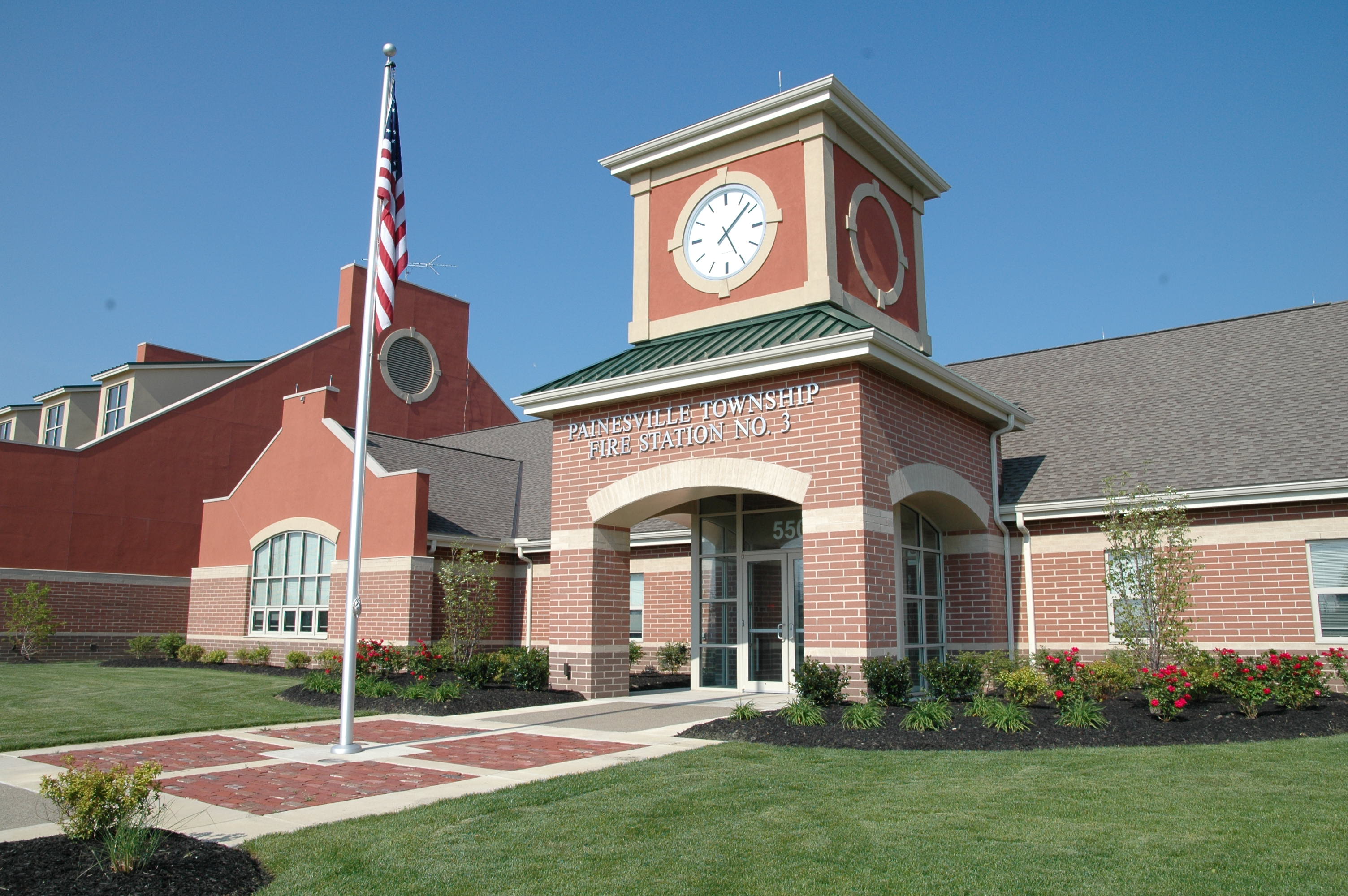

Fire Safety
Home Fire Safety Tips
Safety Made Simple
- Have at least a 2-A:10-B:C rated fire extinguisher on every level & supplementary units for specific locations, such as the kitchen ( NFPA recommendation).
- Make sure everyone in your home knows how to call 911 in case of a fire or emergency.
- Test you smoke alarms monthly, change batteries as needed, and replace alarms every 10 years.
- Practice a home fire escape plan regularly with the entire family during the day and night.
- Check the gauge on your fire extinguisher monthly to be sure it is pressurized.
- Keep a fire extinguisher within reach to help create a path to safety or put out a small, contained fire. ALWAYS CALL THE FIRE DEPARTMENT before you try to extinguish a fire yourself !
Home Fire Safety Checklist (Click PDF.)
Make an Escape Plan
It is important to have a plan when there are children in your home. Children sometimes need help getting out of the house. They may not know how to escape or what to do unless an adult shows them.
- Have a plan for young children who cannot get outside by themselves. You will need to wake babies and very young children and help them get out. In your plan, talk about who will help each child get out safely.
- It is important to learn two ways out of every room in your home, in case one exit is blocked or dangerous to use.
- Remember, if there is smoke, you need to get low and go to your exits. So practice getting low and moving to your exits.
- Choose a safe meeting place a safe distance from your home. Children should know what to do when they hear a smoke alarm and there is no adult around. Help them practice going to the outside meeting place. Teach them to never go back inside a building that is on fire.
- Have a home fire drill at least twice a year. So everyone can practice what to do if the smoke alarm sounds.
Children and Fire Safety
- Children can become scared and confused during emergencies, so teach them to never hide from firefighters.
- Teach children to NEVER go back inside a burning building. Once they are out, stay out!
- Teach your child to get low and crawl on the ground, where the air is less smoky.
- Show a child how to use the back of his hand to check doors for heat before opening and to use a different way out, if the door is hot.
- If your child needs to use an escape ladder, show him/her where you keep it and practice how to use it.
Conduct a Home Fire Drill
Fires can start anywhere in the home and at any time, so run through the plan at different times of the day or night, and practice different ways out.
- Step 1. Know where to go: Pick a safe meeting place that’s near your home and a safe distance away. Explain to your kids that when the smoke alarm beeps, they need to get out of the house quickly and meet at that safety spot.
- Step 2. Check your smoke alarms: Test your smoke alarms each month with your kids so they know the sound. Make sure there’s a smoke alarm on every level of your home, and one in each bedroom.
- Step 3. Do the drill: Have kids head to their bedrooms and wait for the drill to begin. For children under 6 years old, assign adults to help anyone who’ll need it. Put one adult in charge of sounding the smoke alarm and running the drill. Next, sound the smoke alarm, start the timer and have everyone book it to the safety spot. Once everyone gets to the safe meeting place stop the timer. If you all made it in under two minutes, you each get an imaginary gold medal. If not, give it another try. In a real fire, get to the safe meeting place, then call 911 and keep everyone close until firefighters arrive.
Home Fire Escape Drill Plan (Click PDF.)
Home Fire Escape Drill Grid (Click PDF.)
Safety Check
Please check your batteries in your smoke detectors. If you have a carbon monoxide (CO) detector please check the expiration date on the cell and the battery. If you need any assistance in performing batteries changes or to have your detectors inspected, please contact any of our fire stations at these non-emergency phone numbers:
Station 1 55 Nye Rd 352-7443
Station 2 141 Bowhall Rd 352-6996
Station 3 550 Hardy Rd 358-1713
Our Fire Department personnel will be happy to assist you.
Fall Safety
- Please remember there is no open burning in the township
- Inspect and clean your chimney before you start to burn in the fire place.
- Consider the hazard of portable kerosene heaters before using them.
- Make sure you have a working Smoke Detector!!!!!!!!
How to Safely Evacuate a Local Emergency in Your Vehicle
Lithium-Ion Battery Safety
Lithium-Ion Battery Safety Tips
